Why Research Imaginative Storytelling?
Through this process, I’ve so enjoyed experiencing how
amazing oral storytelling can be! It engages both my imagination and the
imaginations of the children I’m telling to. Because my experience has been
wonderful, I wanted to research how imaginative storytelling from children can
be beneficial, even therapeutic. I’ve included my research below. Oral
storytelling isn’t just for pleasure and leisure. It can help a child through
circumstances he/she doesn’t understand: like bullying, or a newborn sibling,
etc.
Enjoy the research below!
My Research
The Benefits of Imaginative Storytelling: According to the article titled, “Windows into Children’s Thinking: A Guide to Storytelling and Dramatization”, Chiara Bacigalupa (et al) lists four benefits of storytelling:- Introducing children to the process and purposes of writing
- Allowing for the creative expression of ideas and feelings
- Providing opportunities to build social skills
- Allowing children to work through ideas and experiences (Bacigalupa 363)
Fantasy Play: Children use “fantasy play that externalizes the
pent-up emotions and memories of the past. The child may regress to the
developmental level of the original painful event or incident. A 10-year-old
boy may curl up on the couch like a baby or begin sucking his thumb or a
bottle. An older child may begin talking like a baby, using infantile expressions
and babbling.” (Cech 201-202). In this example, the child regresses into a previous
stage as a way to deal with “expressions of pain and longing” (Cech 202). Furthermore,
“fantasy play enables children to reveal their inner world possibilities
without facing difficulties … Fantasy play can be viewed as combining physical
reality with children’s imaginative world” (Kara 28).
- In this video clip of Charlotte Reznick’s Ted Talk “The Healing Power of the Imagination”, she gives an example of a child battling anxiety and how his imagination helped him to overcome his fears. This example of fantasy play is very encouraging!
An Angry Lion: While researching, I found this article that serves as an example of how a child’s imagination and the art of storytelling can be powerful as a healing tool. Here is the abstract: “Storytelling is a useful relationship building tool to use with children, as demonstrated by the work of ‘Johnny’ and the author, his nurse. Five stages of narration – purpose, backstory, pivotal events, evaluation of effects and summary – encourage children to recognize and accept feelings such as anger, grief, shame, and guilt in a safe way and make small steps toward change. It is feasible to start engaging children with simple everyday stories, and then go on to develop the tale so that the nurse and the child make additions as required” (Holyoake 7)
TED Video: If you have the time, watch this video titled “The
Healing Power of Children’s Imagination” by Charlotte Reznick. She discusses
how she uses the imagination as a tool when working with children facing issues
such as bullying, anxiety, loneliness, peer pressure, and so on.
Similar to Reznick’s viewpoint,
“In order to support creativity and originality, it is important to encourage
children to tell stories without influencing or censoring the content. The role
of the transcriber is to offer little feedback, commentary, or direct input
that would influence story … For this reason, transcribers use only general
prompts when children seem ‘‘stuck.’’ These prompts include opening prompts,
prompts for children who do not know how to start a story, continuation
prompts, and closing prompts” (Bacigalupa 364).
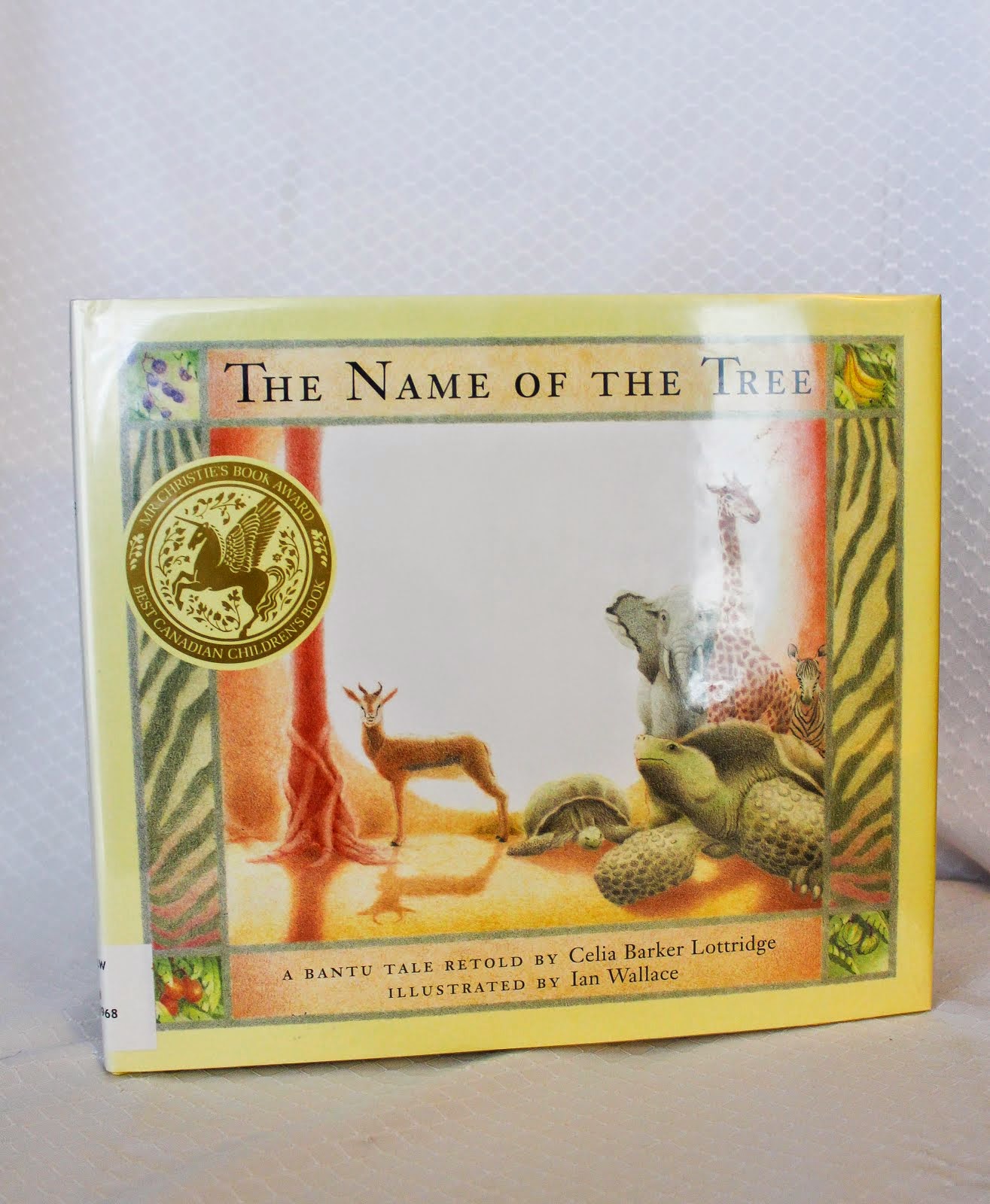
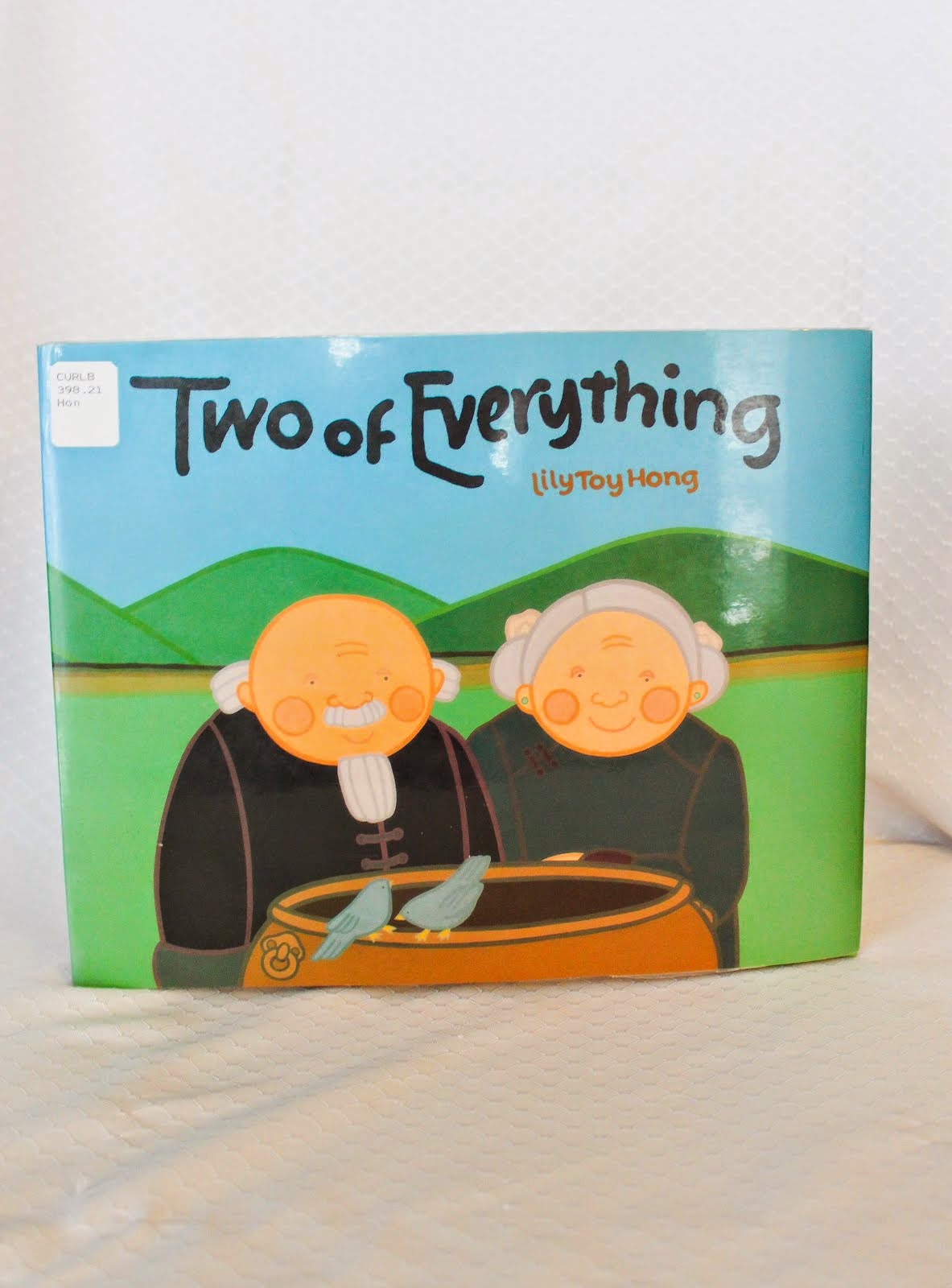
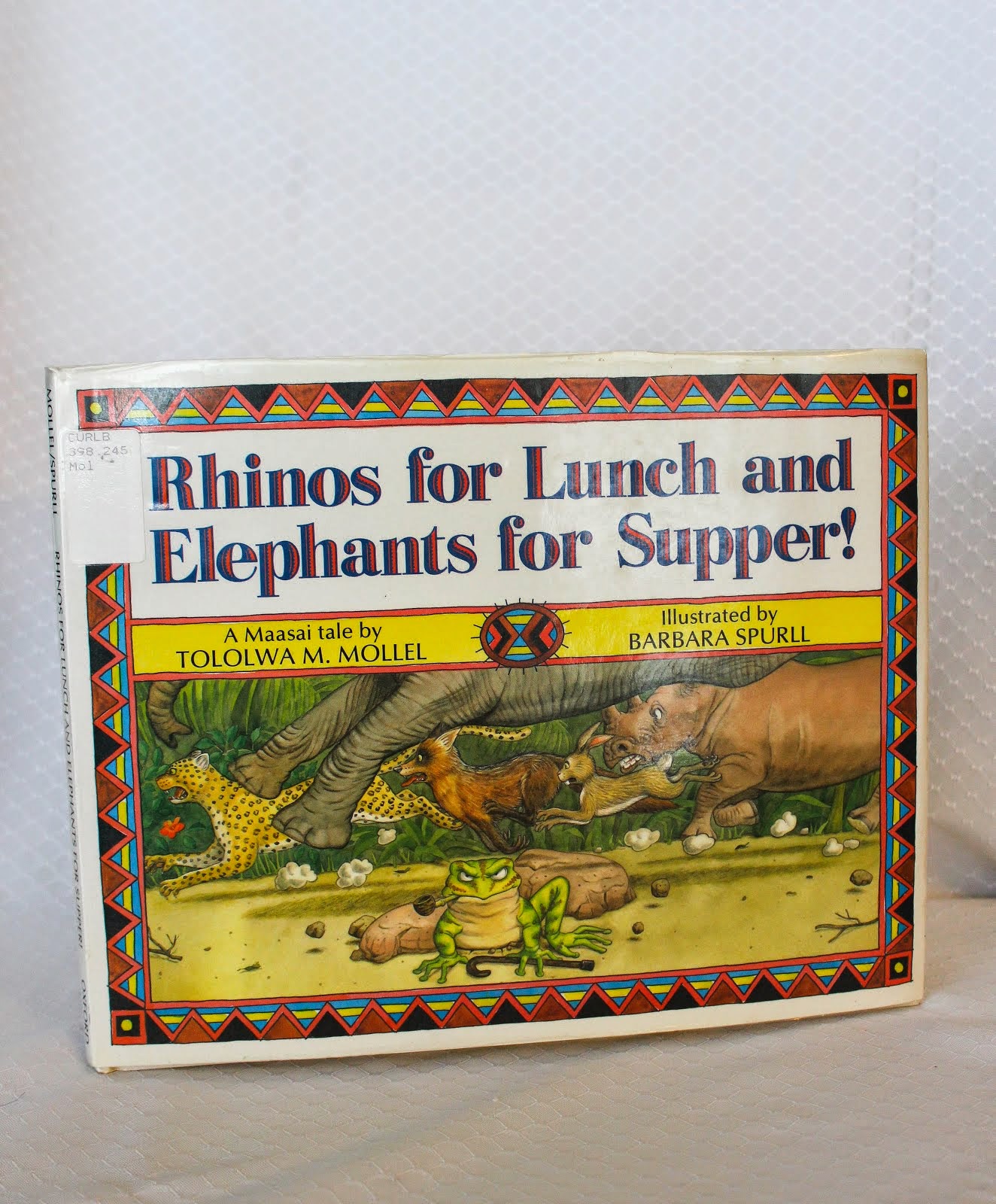
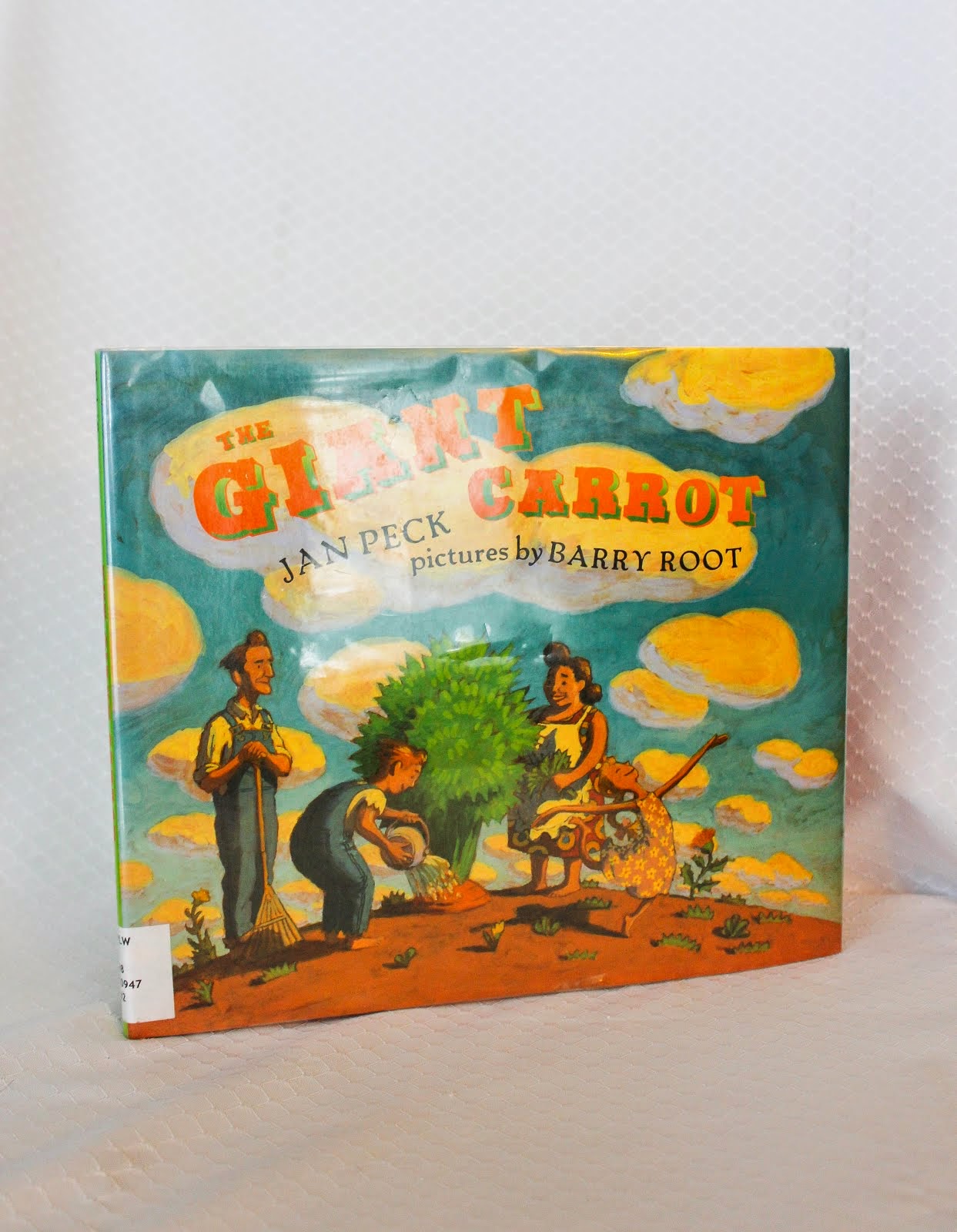
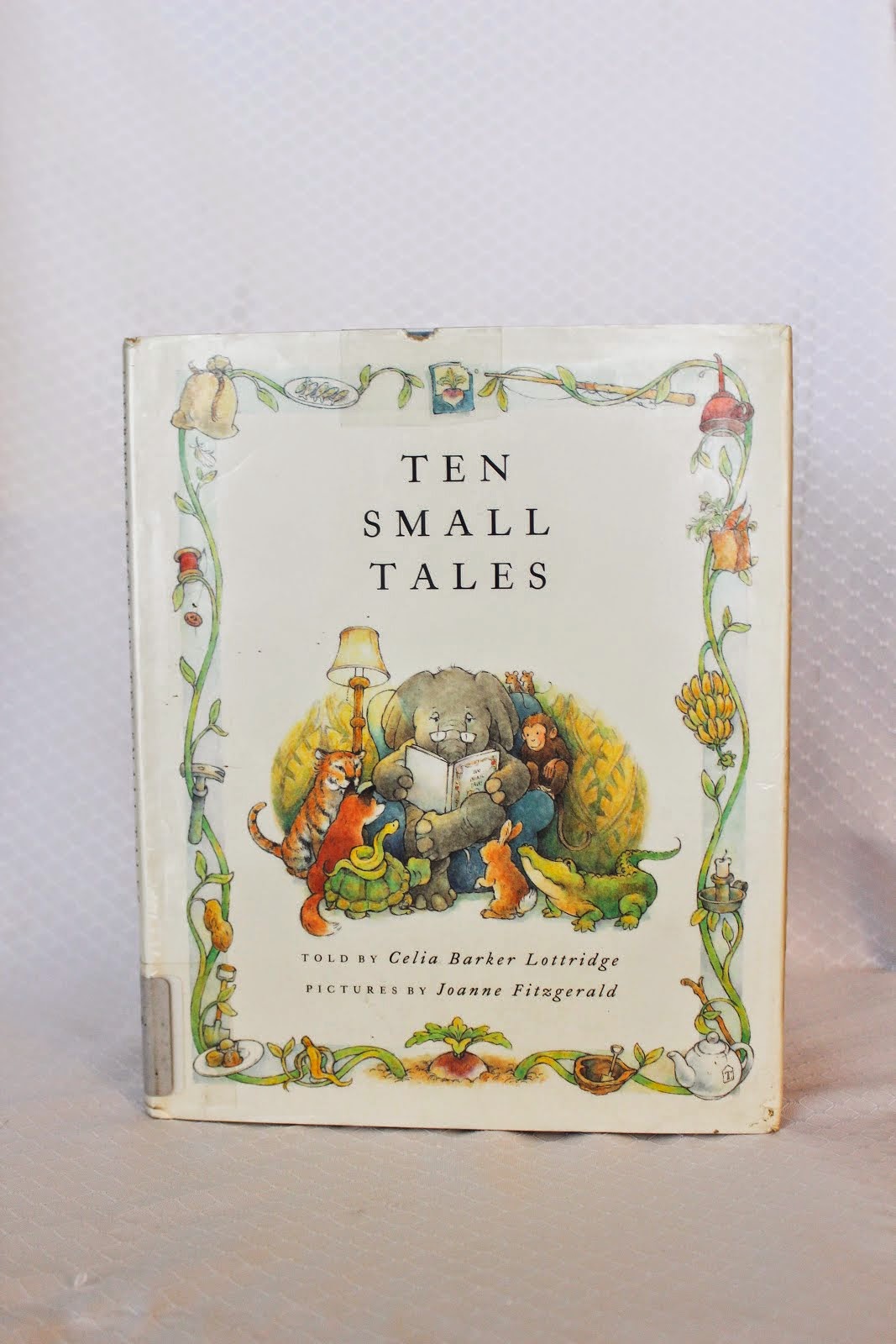
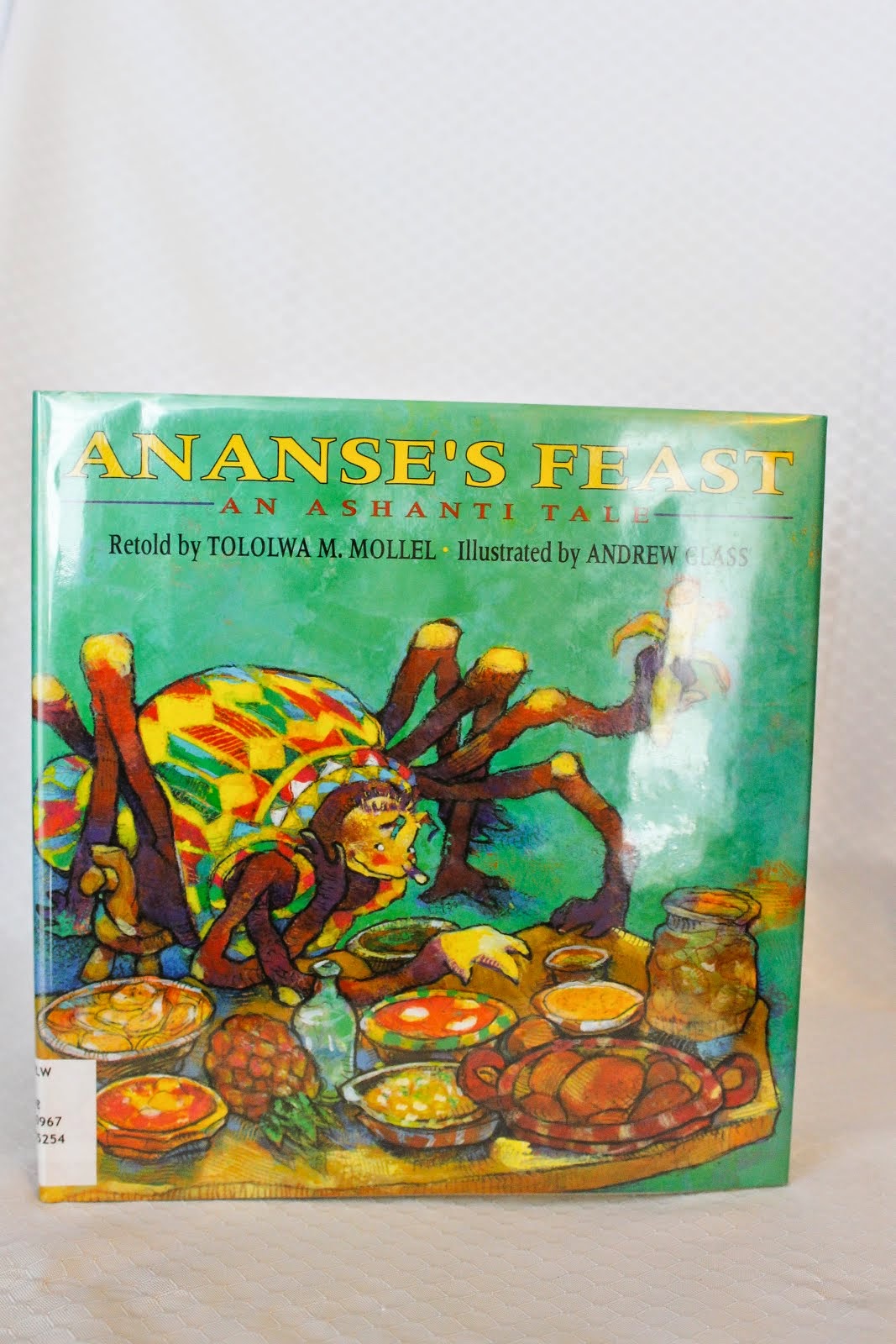

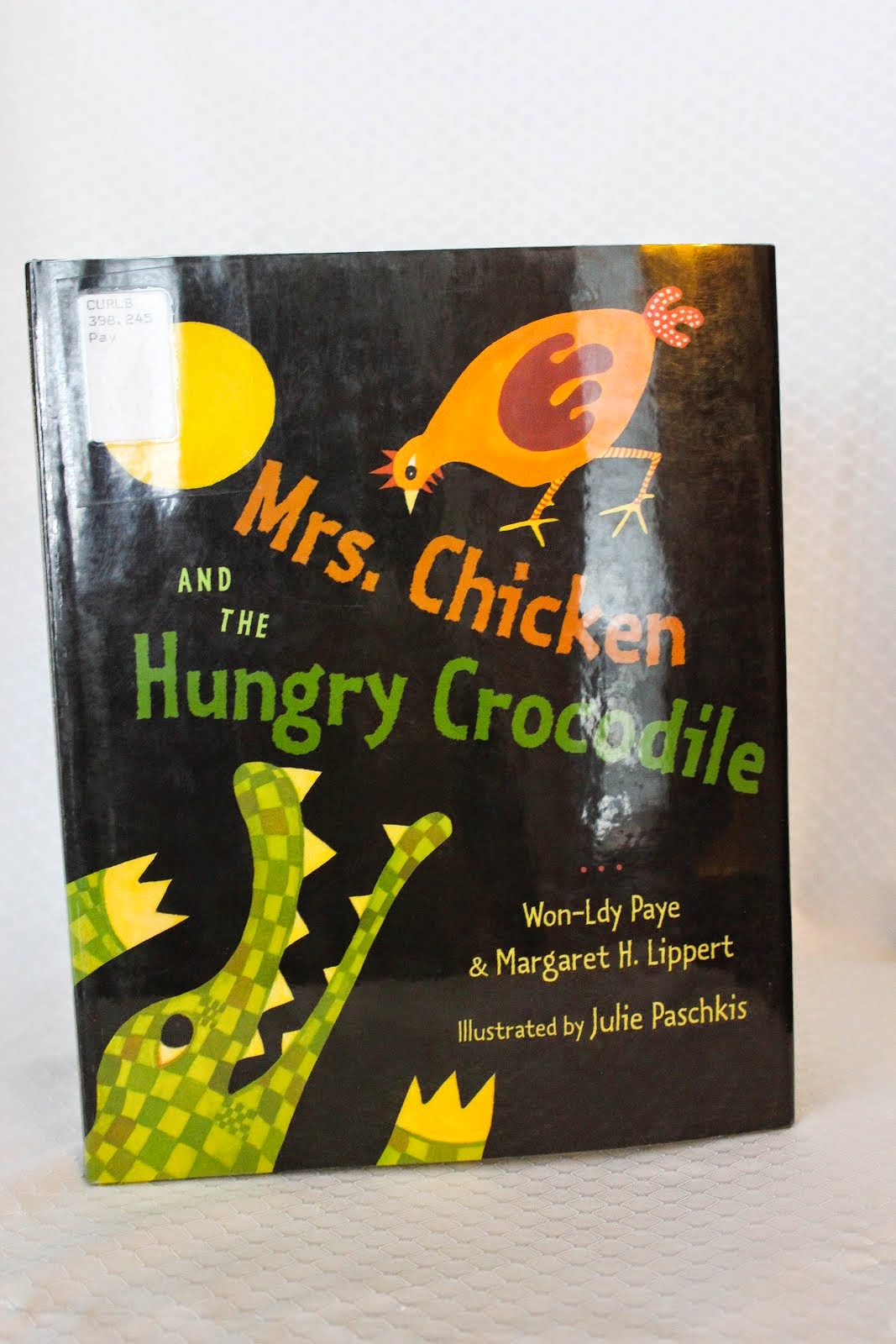
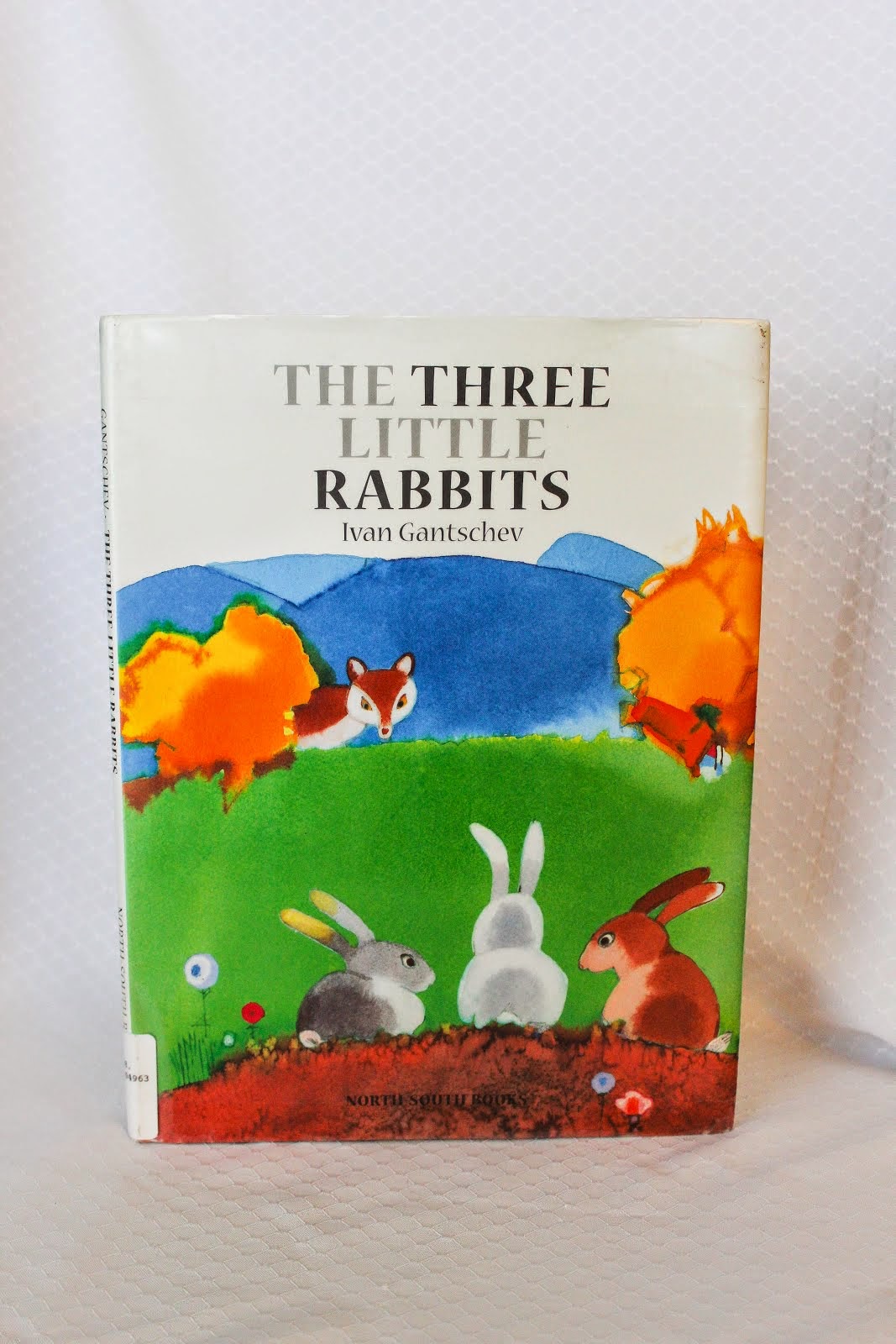
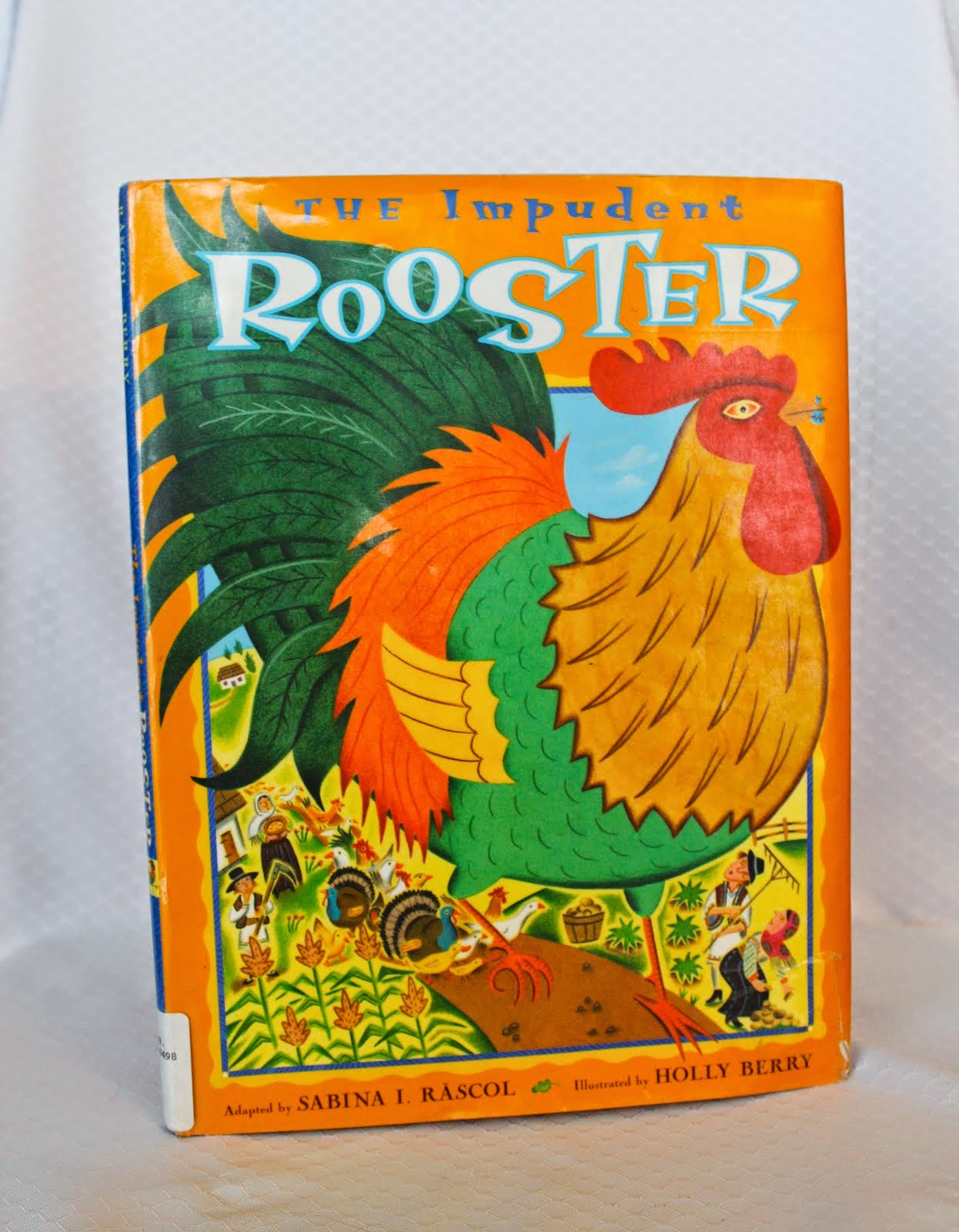

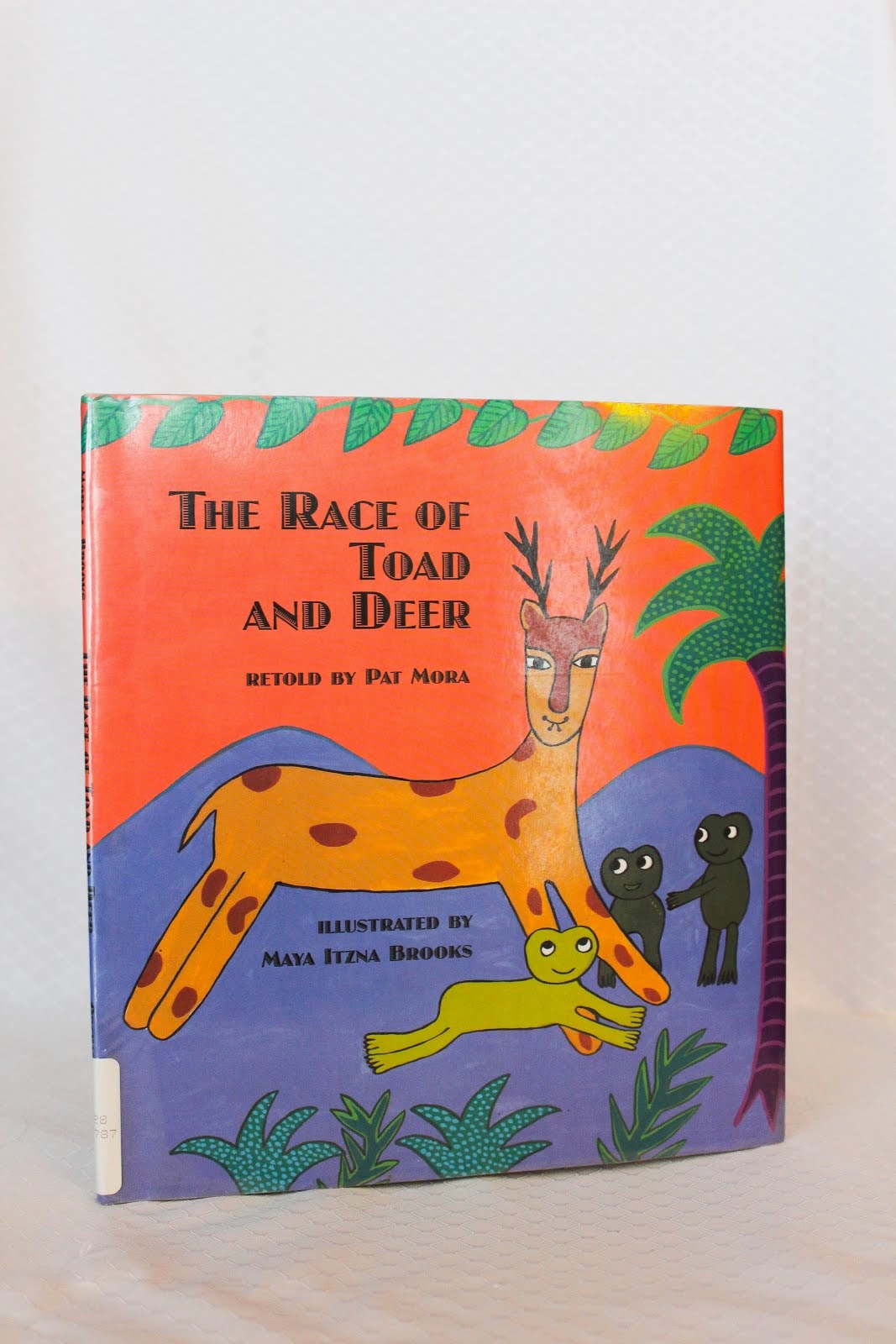
No comments:
Post a Comment